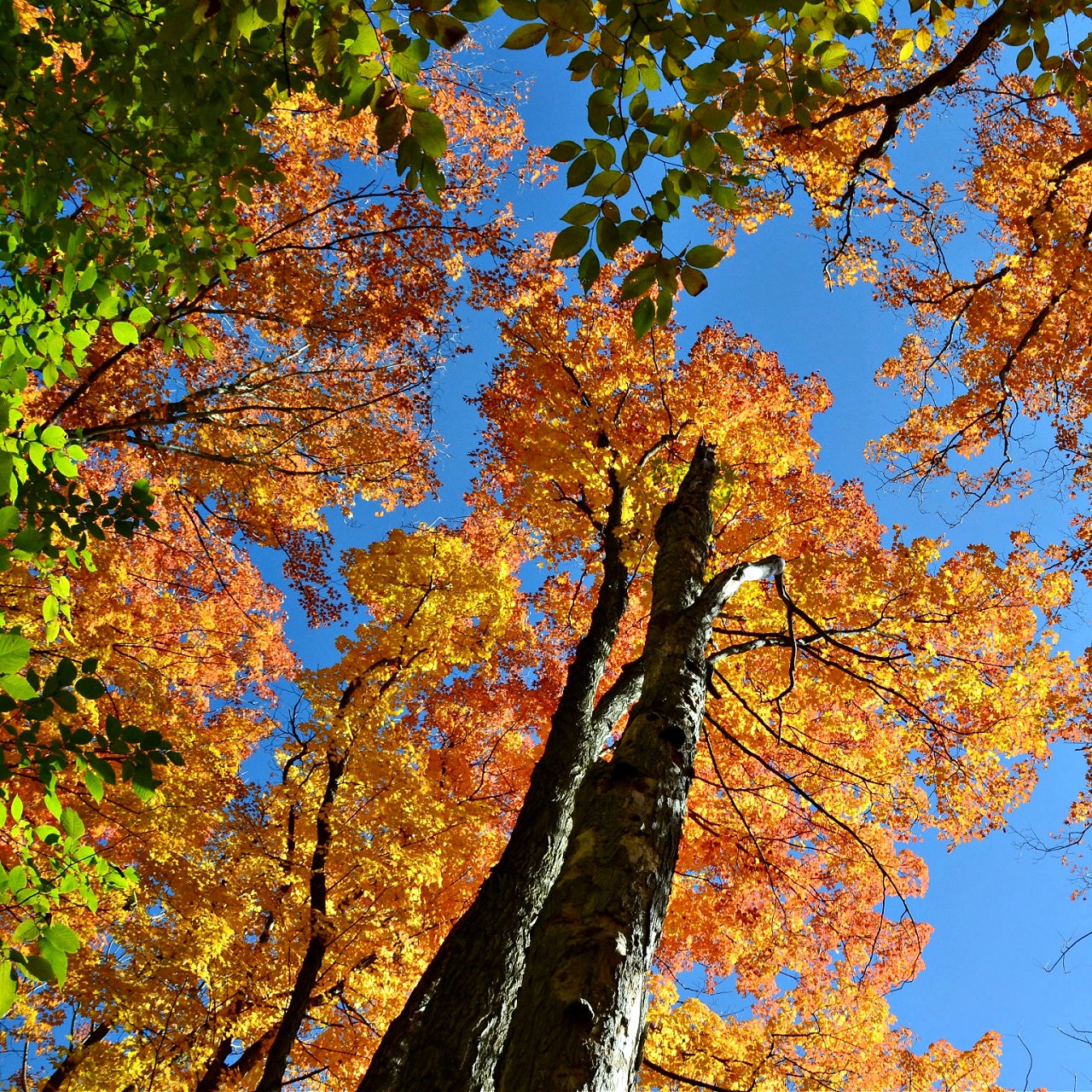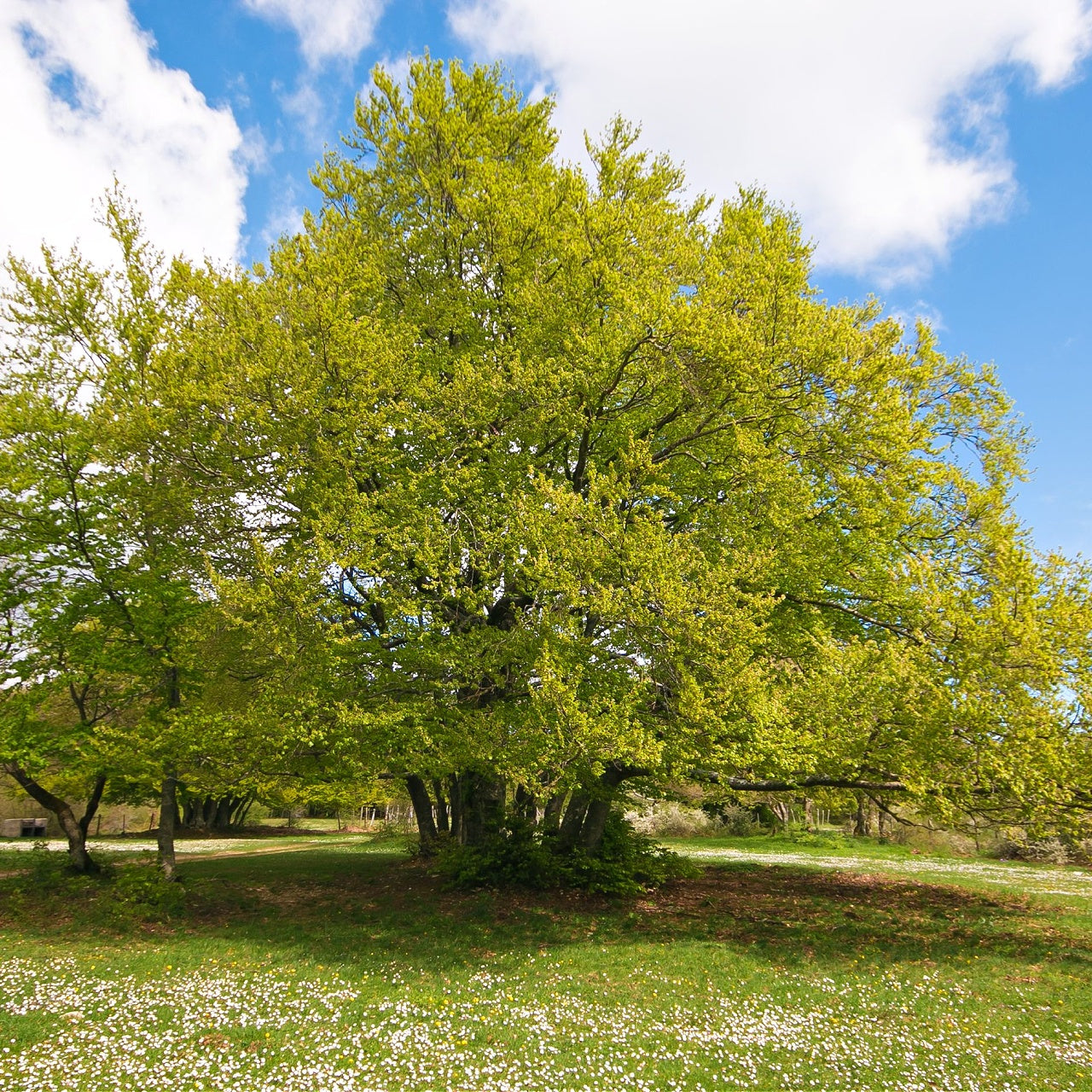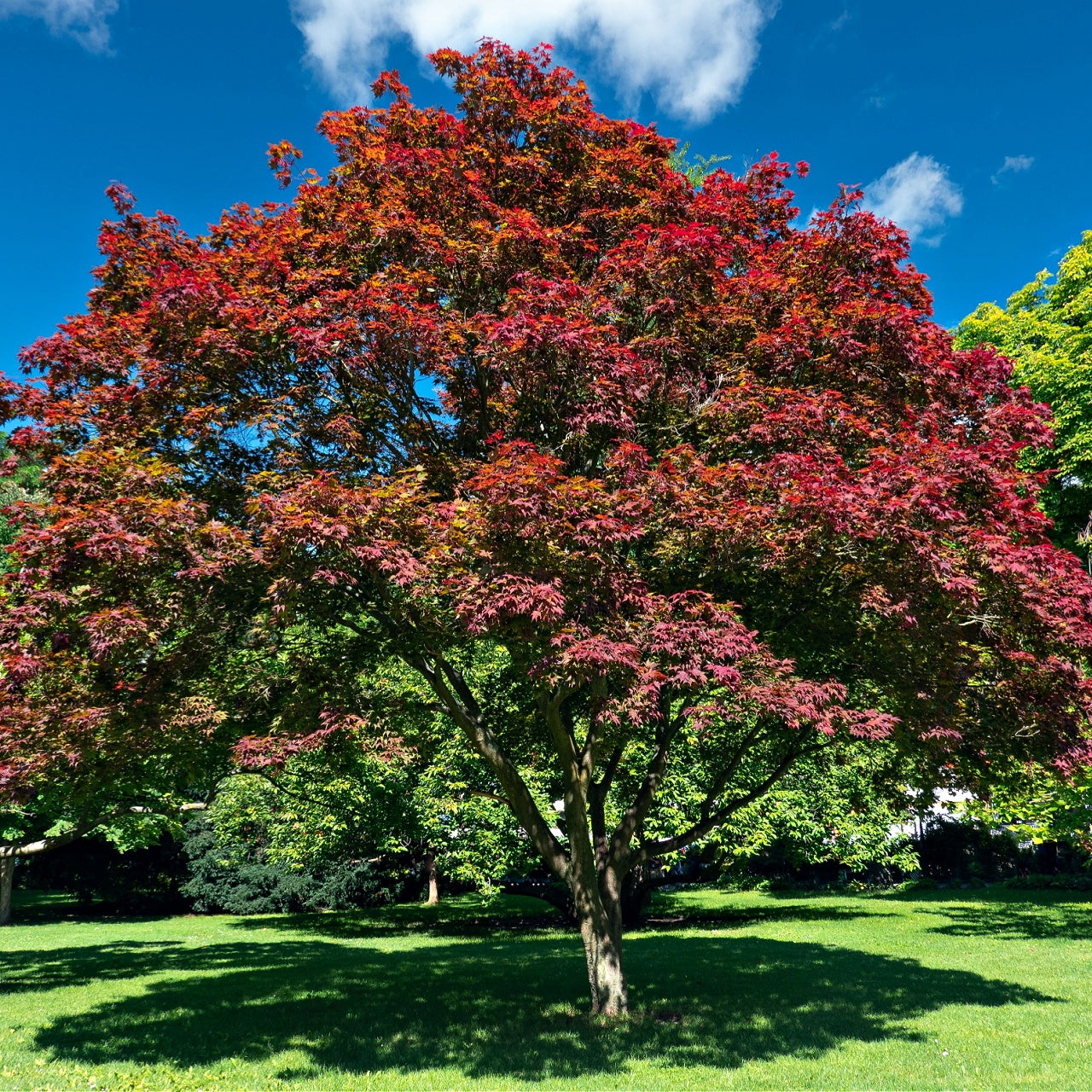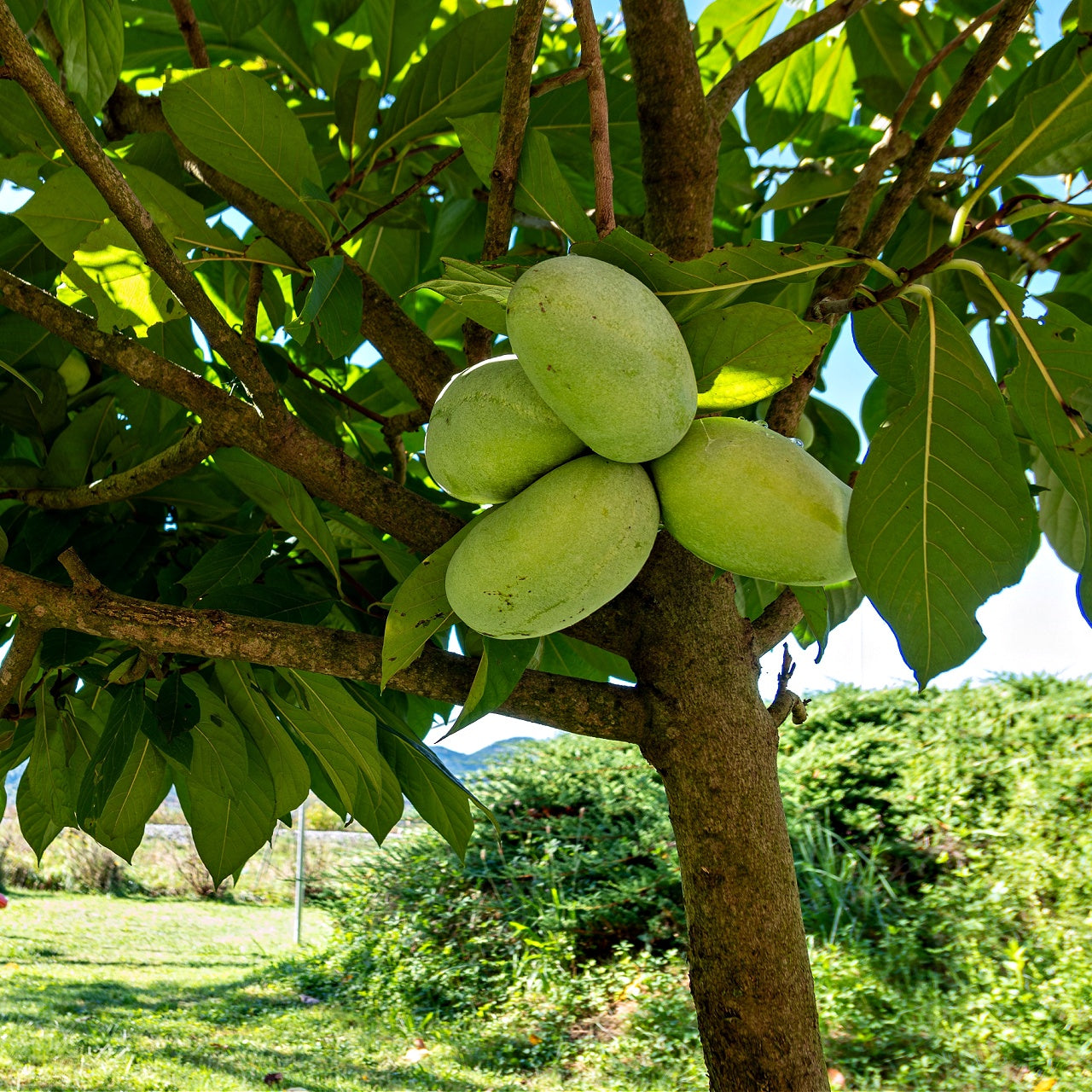
Busted Myths
Busted Myths
The minds of many North Americans are under the impression that Daylight Saving Time (DST) was a concept pushed into integration by the agricultural forces of the region. That could not be further from the truth of the matter. In reality, farmers strongly oppose Daylight Saving Time's implementation. Several different conflicts arise for farmers when they are pressed to impose the standards of DST on their agricultural operations. It is not a simple matter to ask a hundred cows to produce their milk an hour earlier to meet production orders. The change in time throws a proverbial "monkey wrench" in many agricultural processes.

Many different myths shroud the history of Daylight Saving Time. As Spring is upon us, dive into these tidbits of truth that will bust all those pesky tales about the creation and implementation of springing forward and falling back. Perennial plants are one of Spring's first bloomers. Moses a loved addition also by many.
Drop the "S."
Most people commonly add an 's' at the end of the word 'saving' when verbalizing Daylight Saving Time. There is no 's' at the end of the term. Since the word 'saving' in the phrase is working as a part of an adjective, using the plural form of the word would be grammatically incorrect

Farmers did not originate the idea of DST. As stated before, DST was not an idea that farmers supported. They found that implementing this time change caused more harm than good to their production schedules. Some functions of the farm depend on when the sun rises and sets. When the time changes, the worker's schedule does not change, and there is no one to perform that job at the correct time.
Many things have to shift due to Daylight Saving Time. The actual lobbyist for practicing time change each year was not Benjamin Franklin either. When Franklin was 78, he wrote an elaborate rant to change our sleeping patterns to fit the sunrise and sunset. He never actually mentioned physically changing the time.
There is no actual proof that DST conserves energy. The only evidence, in this case, is that the air conditioner's invention eradicated any conservation formerly reaped from DST. It may have once been beneficial to the pockets of the public, but not anymore. The most significant benefit (and what was most likely the primarily intended benefit) of Daylight Saving Time is found in the business of recreation and retail.
When the general population has more time to spend in the daylight, they have more opportunities to spend their money. North America is a minority. It is also not very well known among Americans that we are in the minority regarding the observation of Daylight Saving Time. Most of the world does not participate in the winding forward and backward of the clock twice a year. Even two states and a few territories of the U.S. do not observe the change. Arizona, Hawaii, and Puerto Rico are just a few examples of locations that do not choose to participate in DST.






